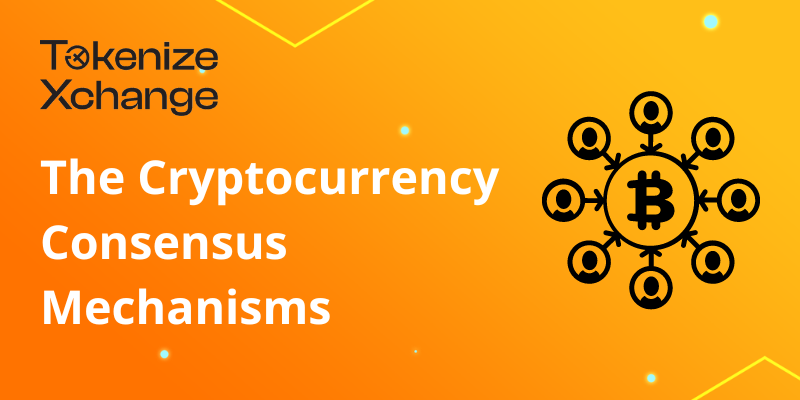
In the world of digital currencies, to ensure that transactions are secure and that the integrity of the digital currency is maintained, crypto networks employ a variety of consensus mechanisms. These mechanisms are designed to validate transactions and protect the network from malicious actors.
One of the most well-known consensus mechanisms is proof-of-work (PoW), which is also used by the first cryptocurrency, Bitcoin. In a proof-of-work system, miners compete to solve complex mathematical puzzles in order to validate transactions and add them to the blockchain. The first miner to solve the puzzle is rewarded with a certain amount of digital currency, incentivising others to join the network and help secure it.
Another popular consensus mechanism is proof-of-stake (PoS), which is used by a number of different digital currencies. In a proof-of-stake system, the ability to validate transactions and add them to the blockchain is determined by how much digital currency a person holds. This means that those with a larger stake in the network have a greater ability to validate transactions and earn rewards. This not only provides a financial incentive for people to hold and use the digital currency, but it also helps to secure the network by giving those with a vested interest in its success a greater say in its operation.
Other consensus mechanisms include delegated proof-of-stake (DPoS), which allows users to vote for delegates who will validate transactions on their behalf, and proof-of-authority (PoA), which uses a network of pre-approved nodes to validate transactions.
Consensus mechanisms are a crucial part of the crypto ecosystem, helping to ensure trust and security in the digital currency world. By using these mechanisms, crypto networks are able to validate transactions and protect against potential attacks, which in turn helps to maintain the integrity of the digital currency and build confidence among users.